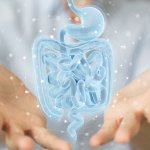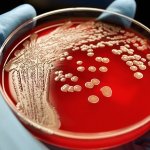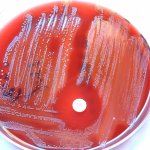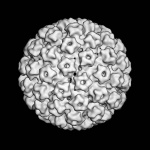
News • Gut function and microbiome analysis
MRI reveals impact of gluten free diet on people with celiac disease
Experts have used magnetic resonance imaging (MRI) to better understand the impact a gluten free diet has on people with celiac disease, which could be the first step towards new treatments.










